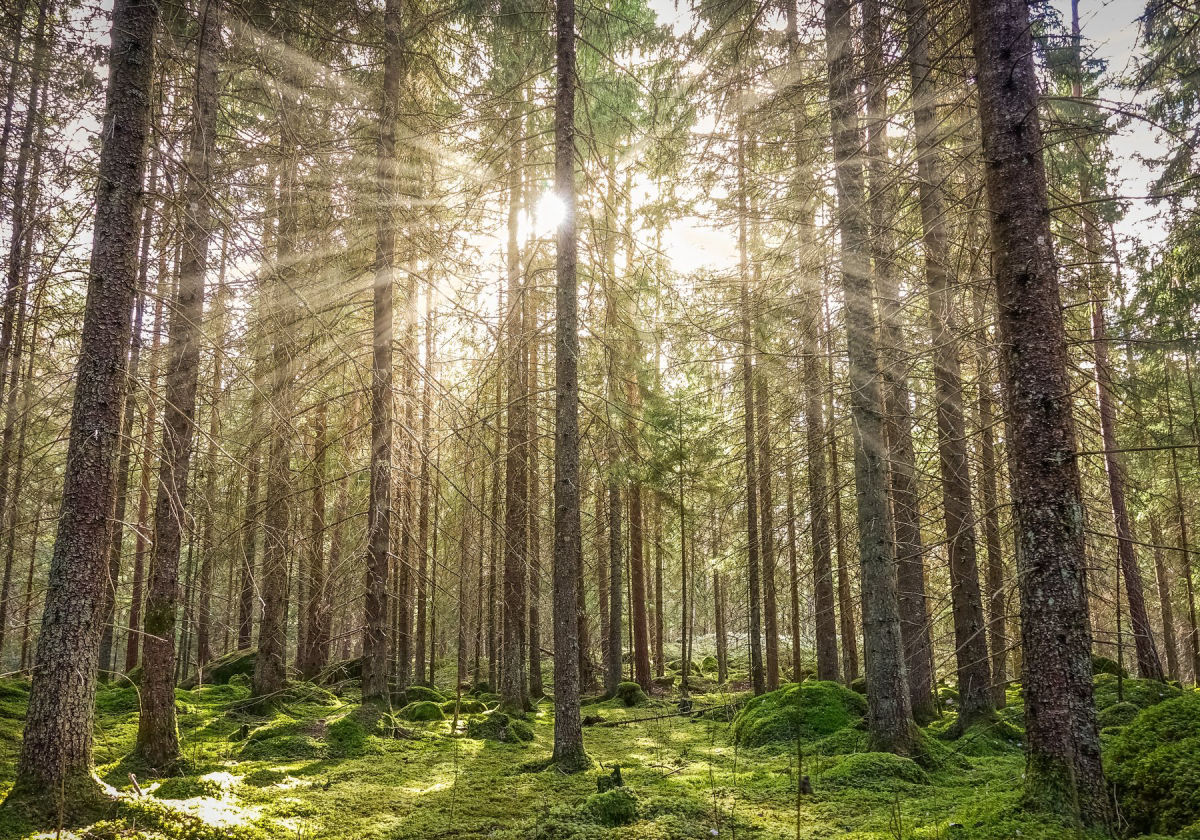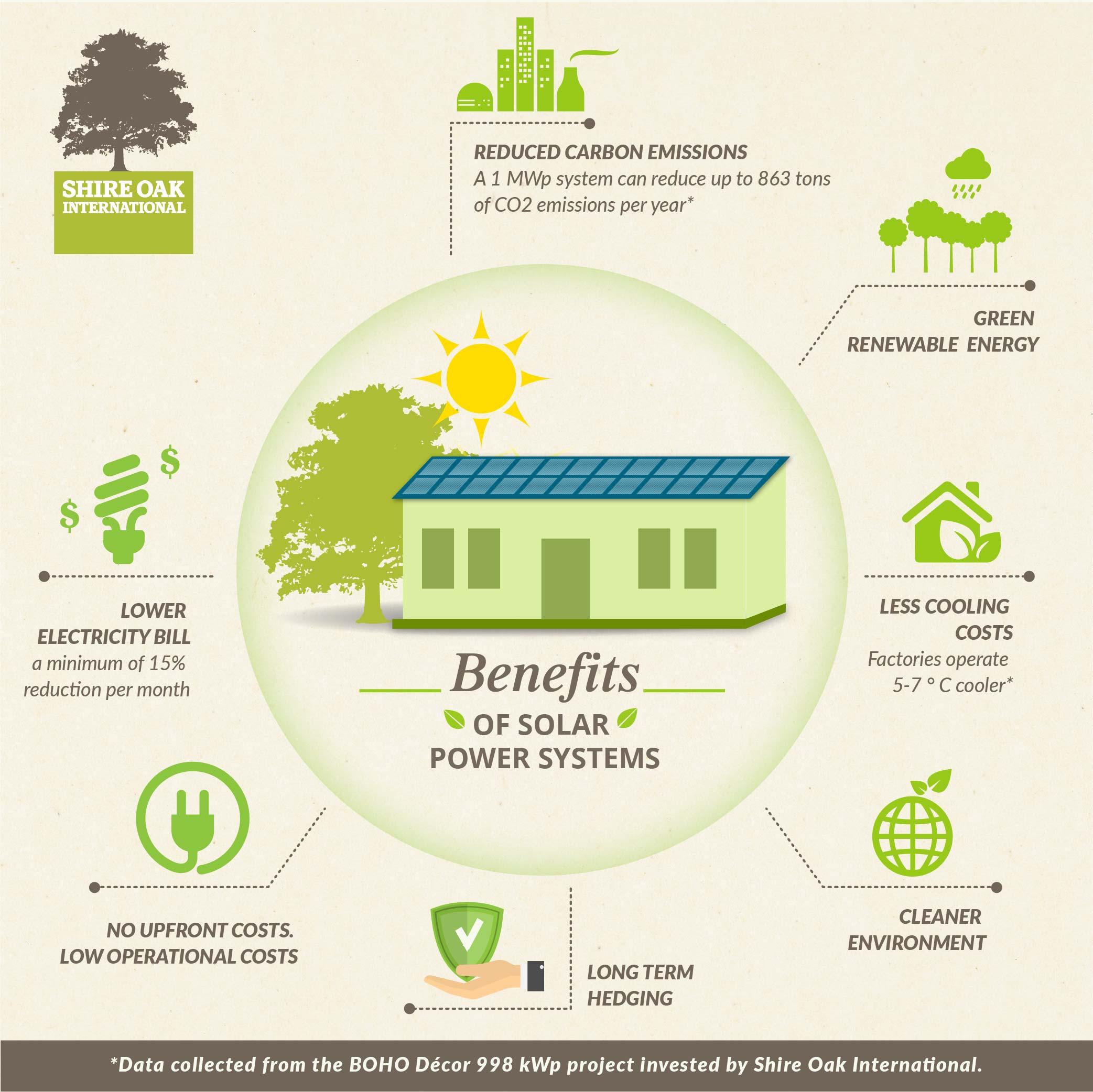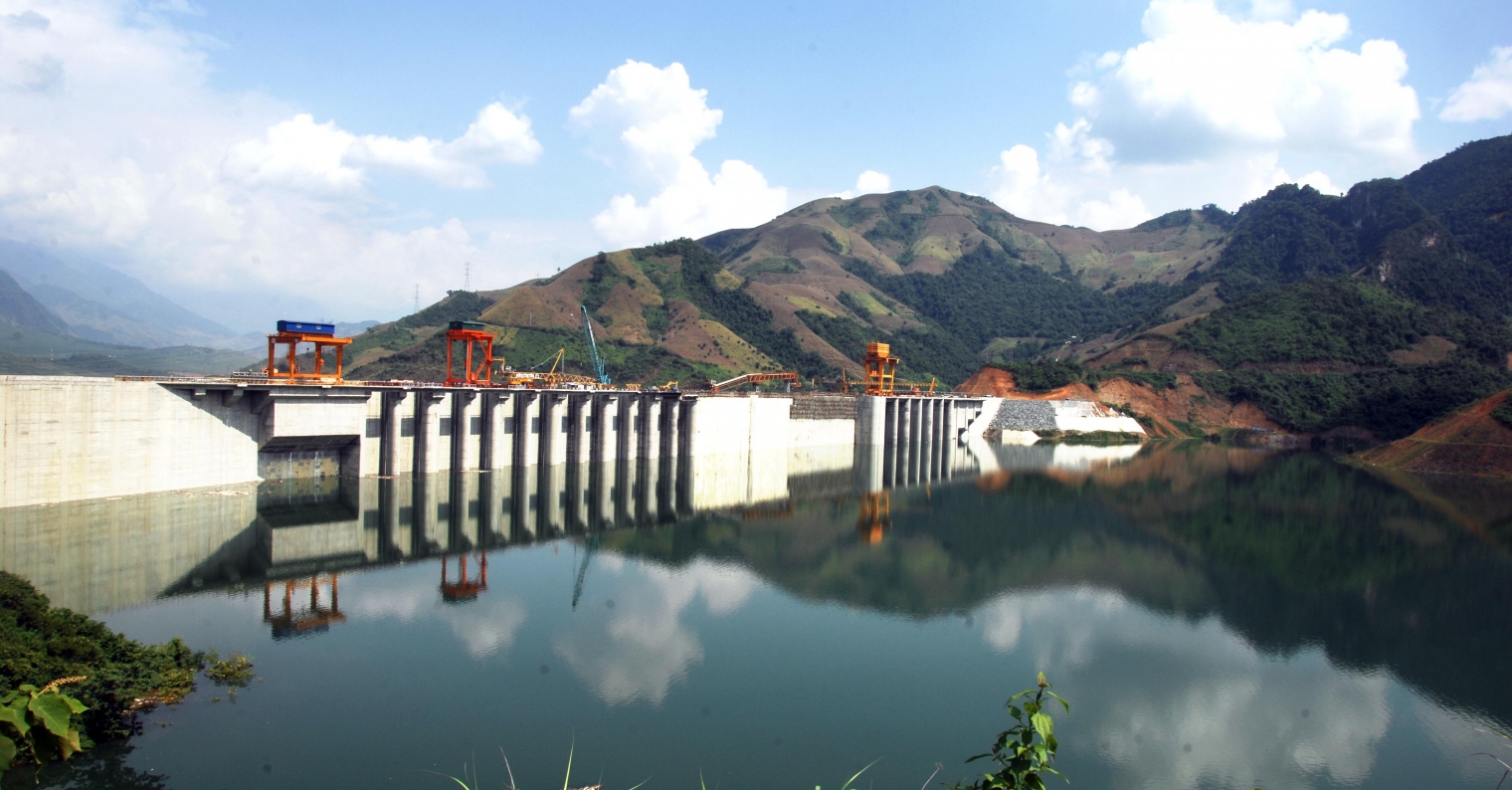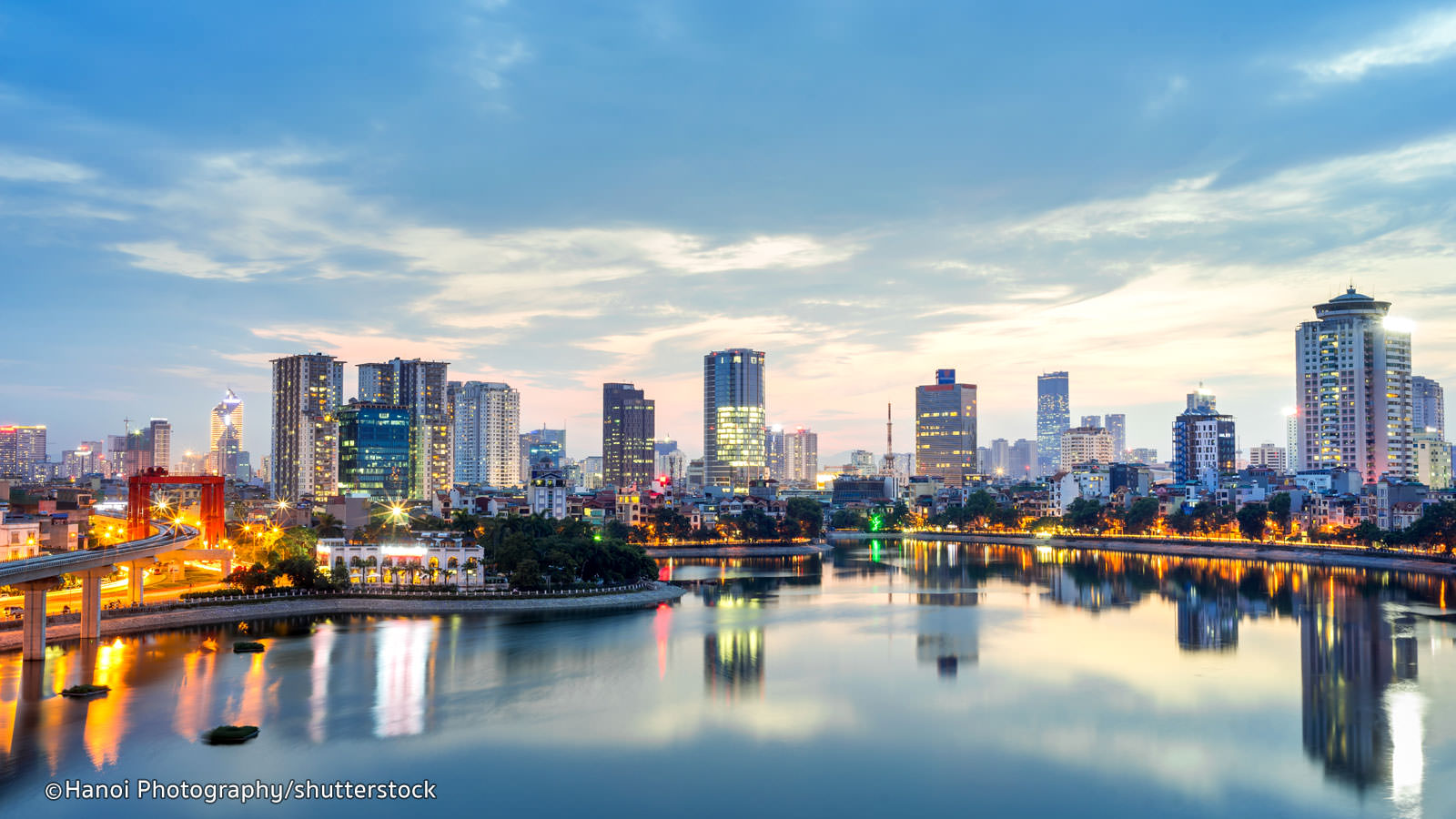Renewable energy, despite being a simple concept, remains shrouded in myth in many parts of the world. Increasingly efficient, often cheaper than burning fossil fuels and with zero negative effects for people and the environment, renewable energy is now the most effective and beneficial form of energy for humanity.
As the fossil fuel industry is so deeply embedded in our economic systems, though, change has historically been slow. However, as global leaders come together to cut carbon emissions in order to fight rising temperatures and sea levels caused by burning fossil fuels, this is all set to change.
Free, clean energy, forever

Fundamentally, renewable energy is an energy that is constantly renewed: or in other words, never runs out! This is because renewable energy comes from the sun, wind, and ocean currents, which are natural, permanent fixtures of life on earth. As such, renewable energy also doesn’t have any negative effects on the environment, as it IS the environment.
This contrasts with burning fossil fuels like coal, oil, and gas for energy. These resources are not renewed: once they are burned they are gone. Moreover, both extracting them and burning them causes serious harm to the environment and people’s health.
Coal is the dirtiest of all fossil fuels and is particularly harmful. It is the leading cause of air pollution in developing countries like Vietnam, where burning coal for energy accounts for up to 75% of all carbon emissions. More than 71,300 Vietnamese die every year from air pollution as the country burns more and more coal.
Solar energy

Solar energy is created by taking the light and heat from the sun and turning it into energy to power our homes and workplaces. This is done using solar panels, which absorb the sun’s rays, turn them into energy, and then pass that energy through an energy system.
A solar system might take the form of a large ‘solar field’ were hundreds or thousands of solar panels channel energy into the main energy grid, or by placing solar panels directly onto the roof of our homes, offices, and factories in order to power them.
Thanks to decades of research and technological development, solar is now one of the cheapest and most efficient forms of energy in the world. In fact, many studies show that solar energy is now cheaper than burning fossil fuels in most parts of the world – especially those with abundant sunlight hours like Vietnam.
A recent report by global research firm McKinsey observed that Vietnam has huge natural energy endowments: four to five kilowatt-hours per square meter for solar alone. The firm adds that by increasing its energy supply using renewable energy instead of coal, Vietnam could save 10 percent – or the US $30 billion – in overall power costs through to 2030. Between 2030 and 2040, these changes would save the US $45 billion.
Wind energy

As solar does with the sun, wind energy harnesses the energy created by the wind and turns it into energy to be used in homes and workplaces. This is done using large wind turbines that can be as tall as skyscrapers but are usually completely silent. Wind energy is particularly suitable for countries with less sunlight, like the UK, where offshore wind energy is now the leading area of energy investment.
Because the wind blows strongest near the sea, wind energy is also a great option for any country with large strips of coastline – like Vietnam! The same report from McKinsey, for example, showed that Vietnam’s 3,000 kilometers of coastlines have consistent winds in the range of 5.5 to 7.3 meters per second, making it an excellent destination for wind energy.
Like solar, wind is also far more cost-efficient than fossil fuels, with the cost of building either a solar or wind farm now significantly cheaper than building a new coal plant, and in many cases cheaper than continuing to run existing coal plants.
In 2018, Lazard’s annual Levelized Cost of Energy analysis reported that the cost of wind energy had dropped 69 percent since 2009, while solar costs had fallen an astonishing 88 percent. Meanwhile, coal costs decreased by just 9 percent, while and nuclear costs have increased by 23 percent. Prices are expected to fall a further 30 percent for wind energy and 60 percent for solar energy by 2050.
Hydropower

Hydro-power works by harnessing the flow of water in rivers to create energy. This can be done using large dams that store and pump water to create energy or smaller facilities that harness the natural flow of rivers.
While hydropower is considered renewable energy, it is problematic. The huge dams that are built to make the energy are extremely invasive and often cause serious harm to the rivers and ecosystems they inhabit.
This can be seen currently in the Mekong river, where a large dam on the northern border is disrupting the natural silt levels in the river, causing serious soil erosion and flooding in Vietnam’s Mekong delta – where the majority of Vietnam’s food is grown.
Biomass energy

Biomass is also considered renewable energy as it involves burning organic material that comes from plants and animals, including crops, waste wood, and trees. When biomass is burned, the chemical energy is released as heat and can generate electricity with a steam turbine.
Biomass is often mistakenly described as a clean, renewable fuel that is a greener alternative to coal and other fossil fuels. However, recent studies show that many forms of biomass—especially from forests—produce higher carbon emissions than fossil fuels. There are also negative consequences for biodiversity.
Which renewable for Vietnam?

Overall, solar and wind energy are the most efficient sources of energy for Vietnam. According to McKinsey, a successful renewables-led energy pathway includes building out the country’s solar and wind generation capabilities by 61 gigawatts and 39 gigawatts and by 2030, respectively.
Not only would this cost less than Vietnam’s current energy plan—which aims to increase coal use by 45 gigawatts by 2030 — but would cut carbon emissions by 1.1 gigatons by 2030. This would allow Vietnam to meet its UN carbon reduction targets while also significantly improving its air quality, which is already among the worst in Southeast Asia.
As an added bonus, by following this plan and producing renewable energy at home, Vietnam would reduce its need for imported energy by 60 percent and create 465,000 new jobs for Vietnamese workers by 2030 – twice as many for the same level of investment in coal.
If you want to find out how your company can make the switch to renewable energy today, contact the Shire Oak International sales team.


